Windows on Arm saw its breakout moment in 2024 after years of failed attempts at disrupting the dominance of x86 processors. Qualcomm's Snapdragon X chips were unveiled as part of new laptops from Microsoft, Dell, HP, Lenovo, Samsung, Asus, and others. The early skepticism over Qualcomm's battery life and performance claims gave way to mostly glowing reviews as Windows on Arm laptops registered a solid win.
The market finally had real competition between two computing platforms, and consumers had more choices than ever. With time, however, Intel and AMD followed up Lunar Lake and Ryzen AI 300 chips, respectively, showing why it was premature to signal the death of x86. Even Microsoft isn't abandoning x86 chips in favor of Arm processors; they exist side-by-side, offering different strengths to different customers.
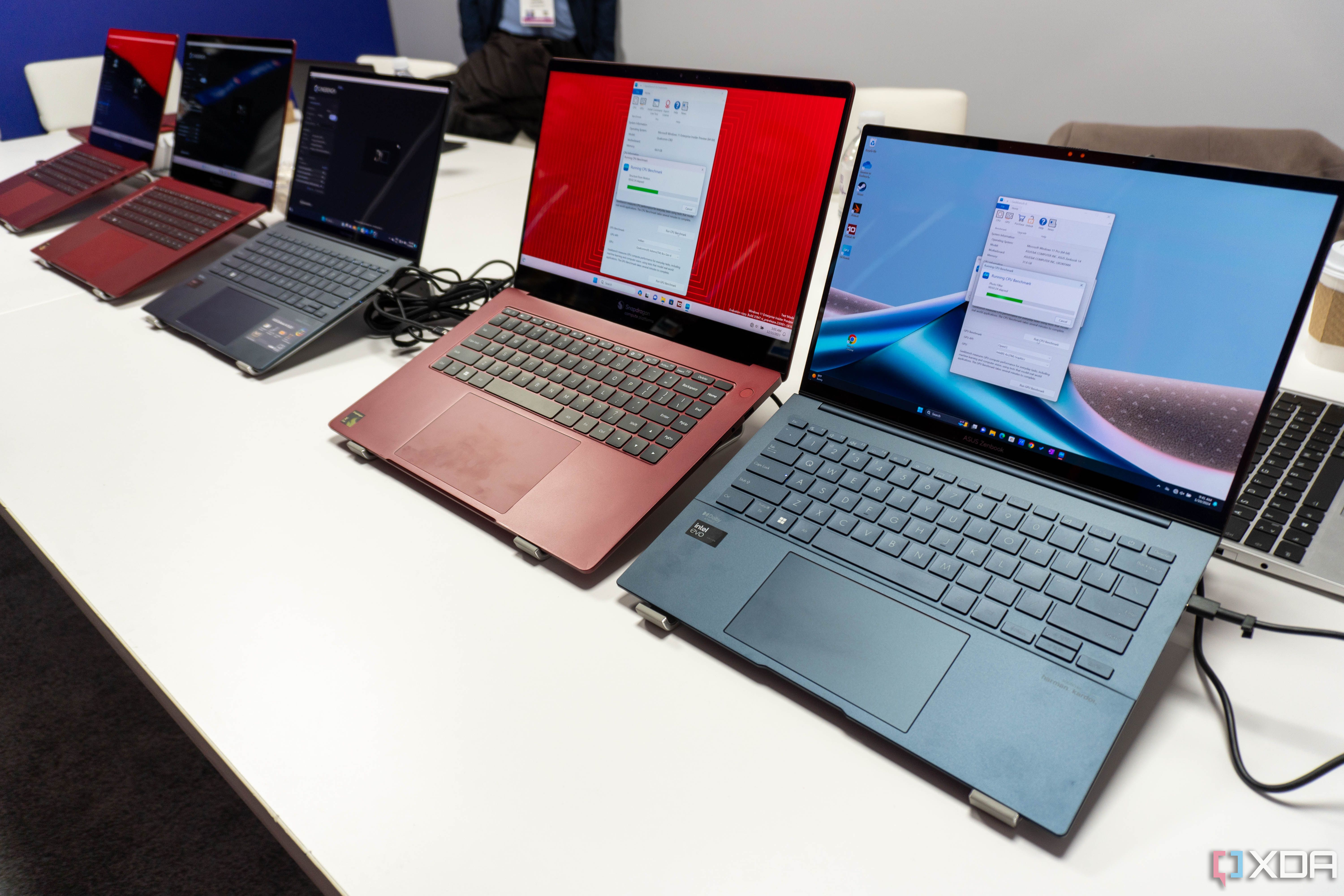
Related
Snapdragon X Elite vs Intel Core Ultra 7 155H: We ran the benchmarks
Intel stole the show at CES, but Qualcomm was there to say it's still coming for them
5 x86 has the incumbent advantage
Windows and x86 are closely tied
x86, as a CISC (Complex Instruction Set Computing) architecture, has existed since the late 70s. It went through rapid innovation in the 90s, after which Intel and AMD remained the only players in the industry. Arm processors aren't exactly new either — smartphones and Apple Macs have had them for years — but Windows on Arm is still nascent. We're only a year into its latest run, and although it's the most successful one yet, it remains far behind x86 in terms of raw performance and maturity.
The complexity of CISC, and x86 in particular, lends itself easily to high-performance applications like gaming, video editing, and complex simulations, which aren't Arm's strongest areas. Plus, decades of advancements in x86 chips have led to unprecedented software compatibility, driver support, and developer experience. Apple has shown great results with its transition from x86 to Arm-based Apple Silicon, but the company enjoys unparalleled control over the hardware and software, which is easier said than done in the Windows PC market.
Arm, being a RISC (Reduced Instruction Set Computing) architecture, naturally excels in power efficiency and latency, owing to faster, fixed-length instructions and unified SoCs. However, as Intel and AMD have shown, bringing efficiency and performance benefits to x86 chips isn't impossible, despite the inherent complexity of the architecture. Windows on Arm might have given consumers a solid alternative, but the computational advantage and years of presence of x86 mean it won't just sit idly by.
4 Native apps on Arm still aren't there yet
The support leaves much to be desired
Application support has always been Windows on Arm's Achilles' heel. It's mostly why previous attempts to make it happen failed as they did. Despite many popular programs and even games now being supported on the Snapdragon X chips, the number of native programs hasn't improved as much as some would have hoped. As a result, inferior performance in programs like Adobe Premiere Pro due to emulation has been one of the pain points on the platform.
For gamers, Snapdragon X devices have been extending support to more and more titles, but the lack of native support and sub-par emulation performance means traditional x86 laptops fare far better in this regard. Seamless gaming was never a priority for Qualcomm with the first iteration of Snapdragon X chips, and even with the next lineup, it will all depend on the quality of drivers and Windows compatibility. Minecraft and Fortnite have been getting improved support on the platform, but many popular titles remain a question mark.
For now, those with gaming as one of the top priorities should opt for a Core Ultra or Ryzen AI laptop. Even Apple's M-series devices aren't yet known as gaming devices, despite much work having been done by the company to improve native support and the quality of the translation layers.

Related
How does x86 translation work on Windows on Arm?
Lots of Windows applications were written for x86, and yet can work on Arm CPUs. Here's how it's possible.
3 Latest x86 devices have caught up in power efficiency
Turns out x86 can be as efficient as Arm
When Snapdragon X laptops first launched, the battery life people were getting seemed like magic. Many claimed that x86 simply can't beat Arm when it comes to power efficiency. Intel vowed to "bust that myth," and managed to do just that with the launch of its Lunar Lake chips. Battery life was finally comparable to the impressive numbers boasted by Snapdragon X devices, and paired with the other advantages x86 has over Arm, it was a major win for Intel.
AMD's Ryzen AI 300 series chips aren't as impressive in terms of battery life, but their exceptional performance somewhat makes up for it. Intel's Lunar Lake isn't that different from Qualcomm's Snapdragon X chips in the battery life department, so Team Blue and Team Red have together put up a strong front for Team x86. The next-gen processors from each of these companies are likely to deliver strong gains in performance, app support, and, hopefully, battery life.
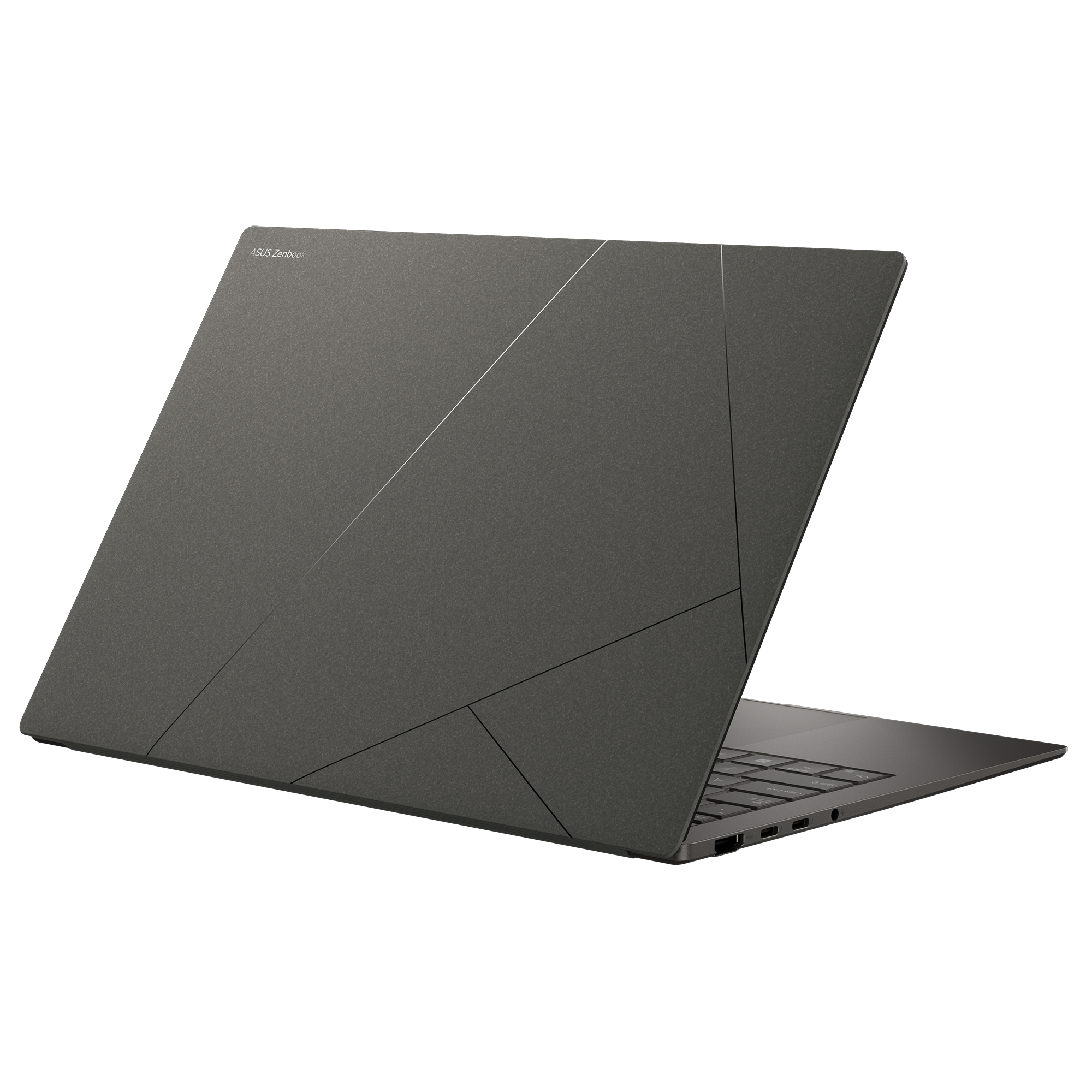
Asus Zenbook S 14 (2024)
The Asus Zenbook S 14 is one of the first laptops with Intel Core Ultra Series 2 processors, and it also has a sharp OLED panel, along with a premium metal design that's very light for an aluminum laptop.
2 Most data centers are still using x86
x86 stickiness is hard to shake

Arm processors aren't just in smartphones and laptops; they've also been making waves in the server market. Amazon's Graviton CPUs, Google's Axion processors, Nvidia's Grace CPUs, and the Ampere Altra chips used in Azure virtual machines are all Arm-based. This signals a huge shift and willingness on the part of cloud providers to move shop from x86 to Arm, but the majority of instances are still x86-based.
Most data centers and enterprise IT systems are deeply entrenched in x86 infrastructure. They've been using legacy software supported by x86 hardware for decades, and the compatibility and inertia are just too hard to look away from. Things might change gradually in Arm's favor, but the x86 incumbents aren't going to sit around either. Intel and AMD, along with other players like Google, Meta, Microsoft, Dell, HP, and Lenovo, formed an x86 ecosystem advisory group last year to drive consistency and innovation in the x86 ecosystem.
x86 has been co-developed by Intel and AMD, and unlike the flexible licensing of the Arm architecture, it's closely controlled by the two giants. This has led to several inefficiencies in the past in architectural innovation. The two companies now aim to do better by relying on this advisory group, tackling the growing Arm threat.
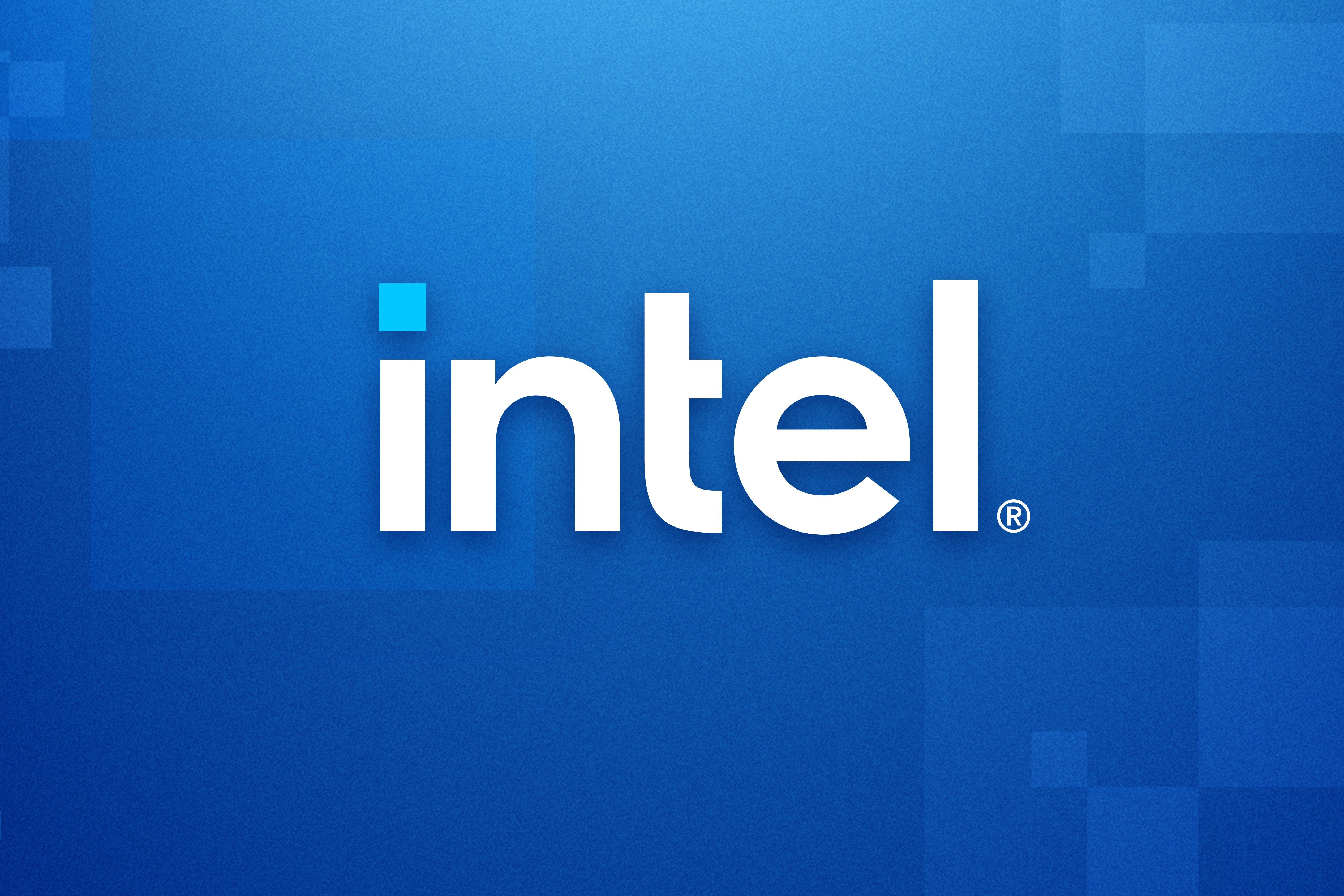
Related
Intel's process roadmap to 2025: Intel 7, 4, 3, 20A, and 18A explained
Intel has outlined its new processes for the next few years, but what does it all mean?
1 x86 is the only option for desktops (for now)
Desktop Arm chips will be here at some point
It's the natural next step. After the success of Arm chips in the mobile space, will we see the same on desktops soon? Apple has done it with their Macs, but that remains an insulated ecosystem that can't really be compared to the PC space. Arm CPUs on desktops will be a thing only when they can compete with the lies of AMD's Zen 5 and Intel's Arrow Lake chips. And that might take a long time.
Although new players like Nvidia and AMD have confirmed the development of Arm-based CPUs (with reported launch dates of Q4 2025), desktop chips aren't part of the conversation yet. Providing desktop-level performance with an Arm SoC might very well be doable in time, but it's also a space that manufacturers might shy away from, considering the dominance of Intel and AMD. Disrupting the desktop PC space might not be as easy as doing it on laptops.
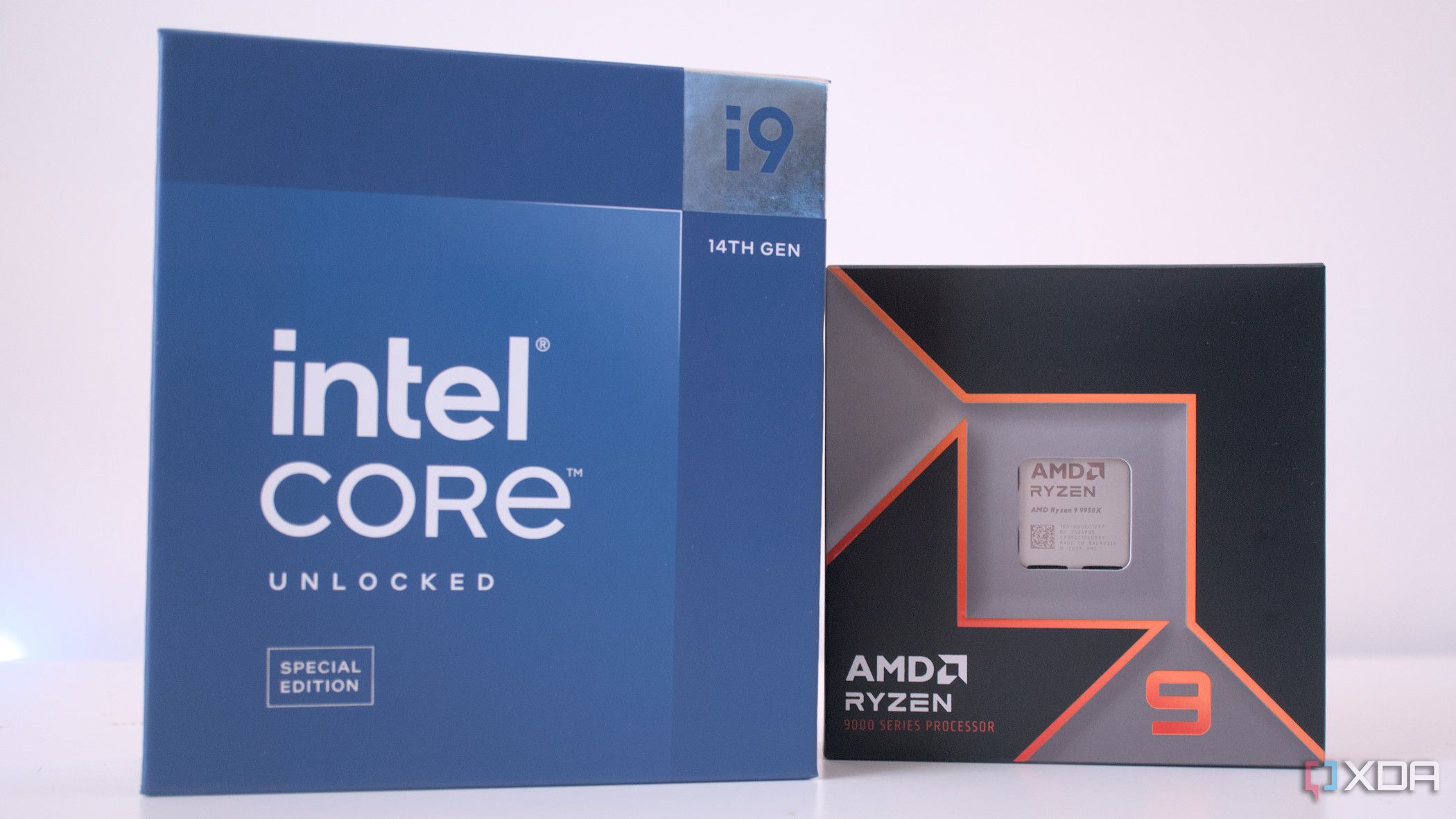
Related
4 reasons Intel and AMD should be worried about ARM
The Titans of consumer computing may lose out to ARM-based designs
x86 is here to stay
The market for personal and enterprise computing has never been more exciting than it is right now. We have seen legitimate overnight disruption by Qualcomm's Snapdragon X CPUs, which has, in turn, forced Intel and AMD to innovate aggressively. The next-gen lineups from each of these players will be exciting to cover. Although the success of Windows on Arm has been more impressive than perhaps anyone had hoped for, x86 has been around long enough that you can't discount its resiliency.
.png)
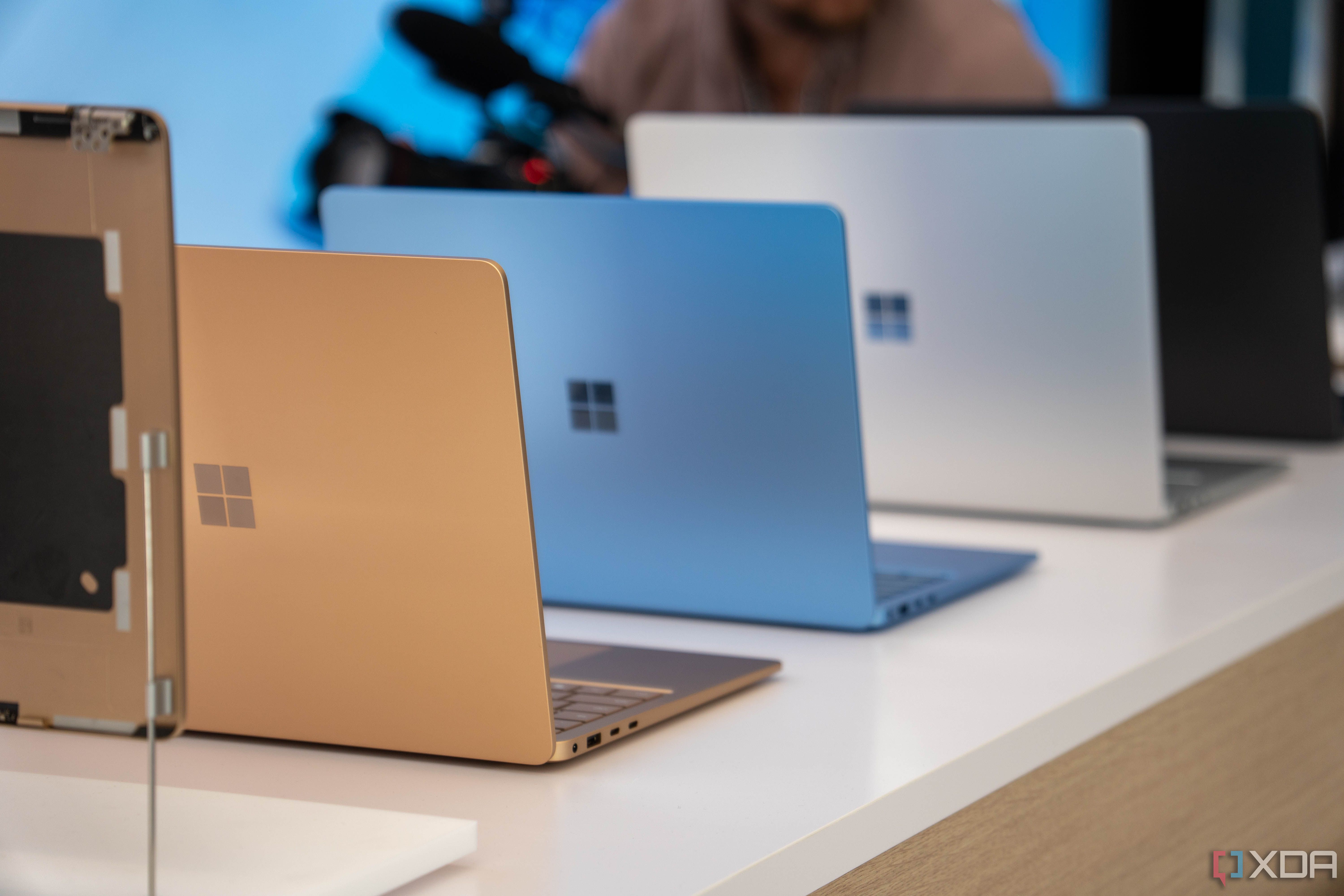
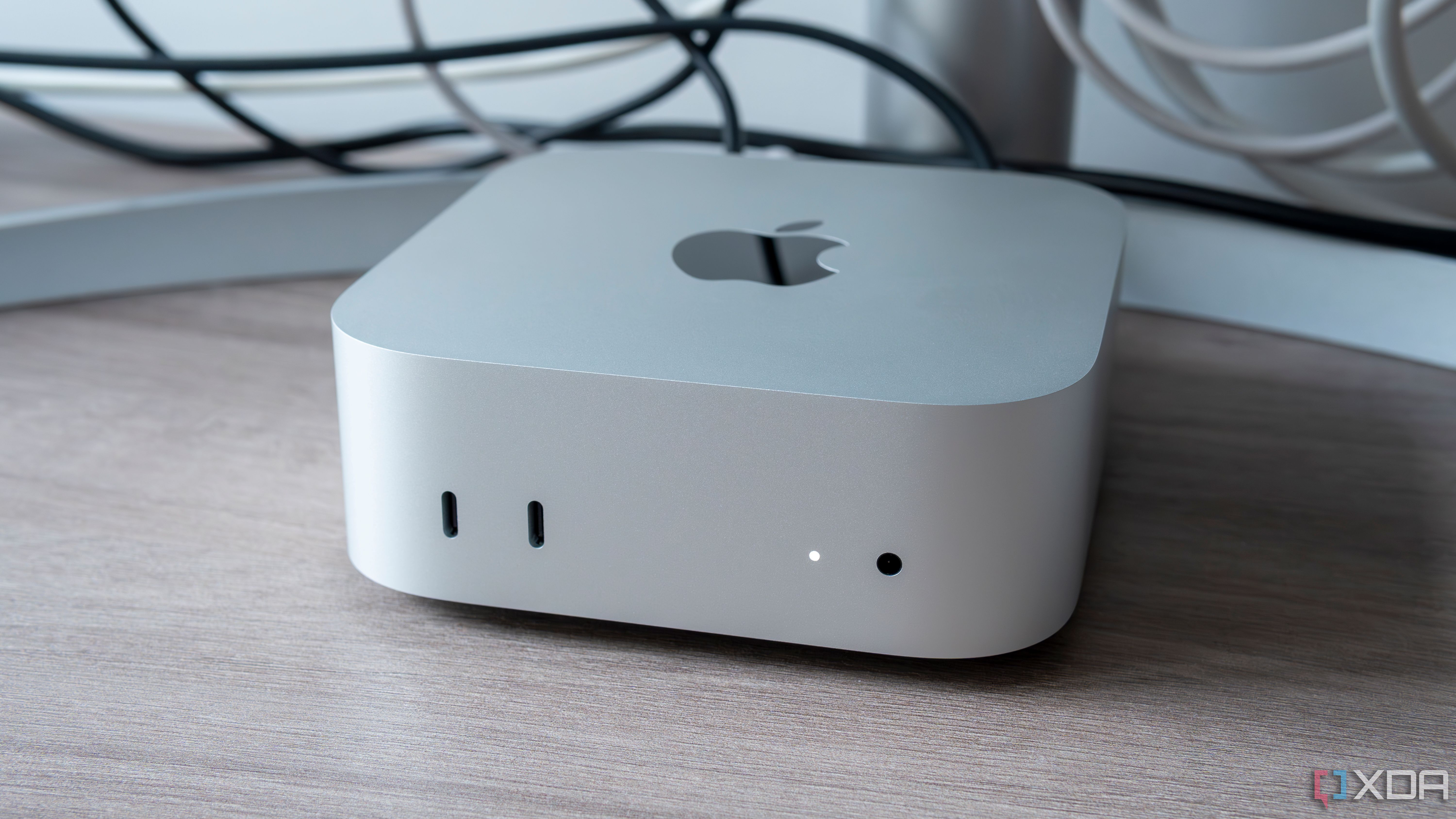










 English (US) ·
English (US) ·